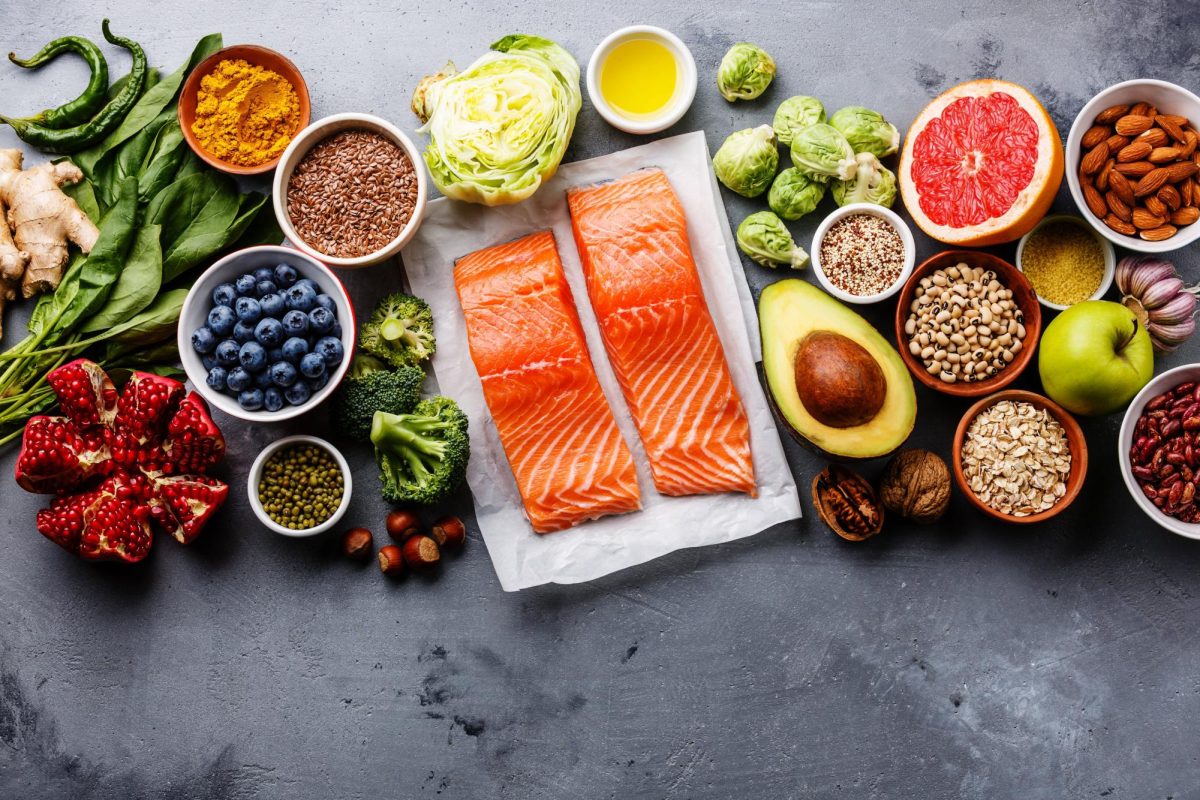
Insects have been proven to have many health benefits due to their high protein content. Indeed, insects are rich in vitamins, in minerals, and especially in protein. For example, 100 grams of crickets contain 60 grams of protein, while 100 grams of ground beef contains 26 grams of protein.
Insects are also a good source of essential vitamins, like B vitamins, and minerals, like iron, zinc, and magnesium. Some insects, like mealworms, are also rich in omega-3 fatty acids and fiber.
While offering a high nutritional quality, eating insects has several environmental benefits. Compared to other sources of animal protein, the environmental cost of cricket production is a lot lower. They don’t need much space to grow, and they produce a lot less pollution. Also, insects need less food to grow than other animals. For example, it takes only 2 kg of food to produce 1 kg of crickets. But for cattle, you need 8 kg of food to get just 1 kg of body weight.
“Replacing half of the meat eaten worldwide with crickets and mealworms would slash farmland use by a third, significantly reducing greenhouse gas emissions,” said Peter Alexander, researcher at the University of Edinburgh.
In many parts of the world, such as Thailand, China, Mexico, and some African countries, eating insects is already a part of everyday life. In fact, around two billion people around the world eat insects on a daily basis. However, in Western countries like Canada and the U.S., many people are still hesitant. The idea of eating bugs may seem strange, but that mindset is slowly starting to change.
Insects can be eaten in many ways. They can be roasted, cooked into snacks, or ground into powder and added to foods like protein bars, pasta, or cookies. This makes it easier for people to try insect-based foods without even realizing it.
“Insects are a healthy and sustainable source of protein that can help feed the world’s growing population,” says the Food and Agriculture Organization of the United Nations.
Insects are healthy, sustainable, and are already eaten in many parts of the world. And now you should ask yourself: Are you ready to put bugs on your plates?








